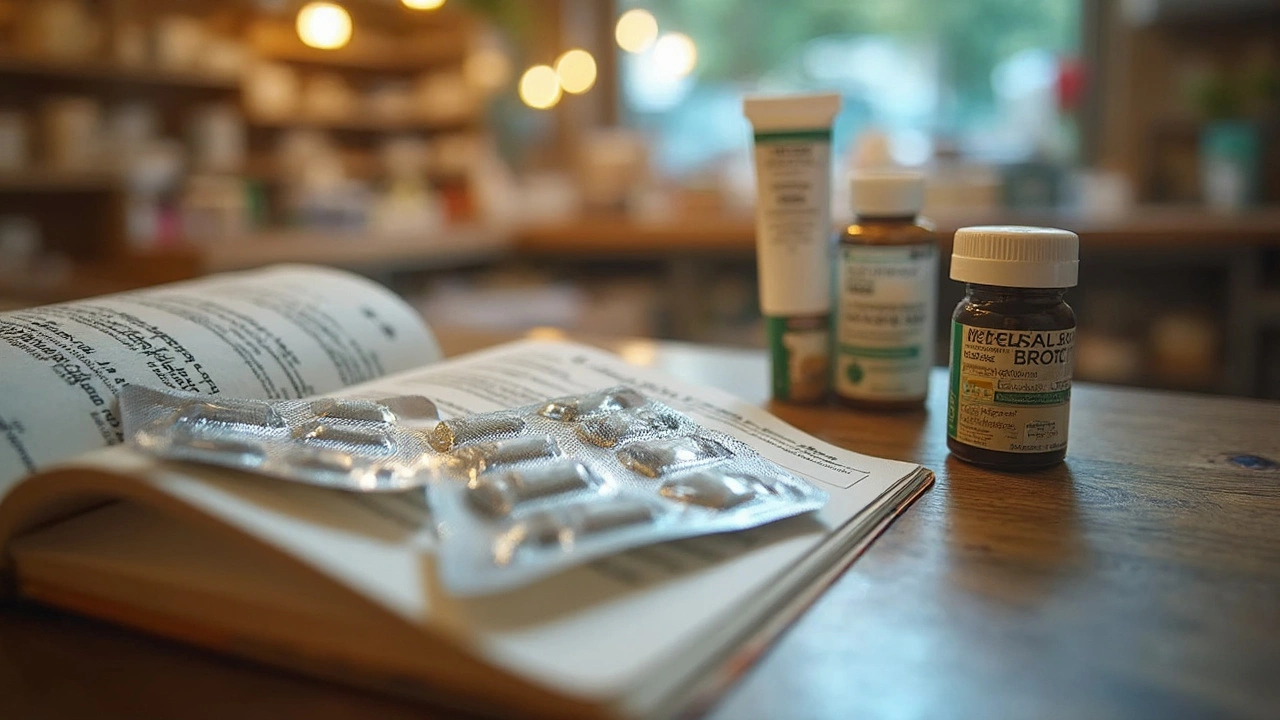Fluconazole Alternatives: Safe Choices for Common Fungal Infections
Fluconazole has been a go-to for many fungal infections, but it’s not always the best fit. Maybe it didn't work, you have a drug interaction, or your doctor warned about liver risks. Here are clear, practical alternatives and when each one makes sense.
Topical and oral options
Topical azoles are often first-line for skin and vaginal yeast problems. Clotrimazole and miconazole come as creams, pessaries, or gels. They act locally, work fast for mild cases, and pose almost no systemic risk. Use them for athlete's foot, ringworm, or uncomplicated vaginal candidiasis. Nystatin is another topical that's excellent for Candida in the mouth or diaper-area rashes — it's gentle and safe.
For stubborn or invasive infections you’ll likely need a different oral antifungal. Itraconazole treats nail infections and many types of skin and systemic fungi. It’s useful when fluconazole fails. Voriconazole and posaconazole cover a wider range of fungi, including molds; doctors reserve them for serious or resistant infections. These drugs are powerful but carry more side effects and drug interactions, so liver tests and careful monitoring are common.
Some older drugs still have a role but need caution. Ketoconazole was used widely in the past, but its oral form can damage the liver and is now limited. Amphotericin B remains a last-resort option for life-threatening fungal infections. It’s given in hospital with close monitoring because it can affect kidneys and cause severe reactions.
For recurrent vaginal yeast that keeps coming back despite fluconazole, consider boric acid suppositories. They are not an antifungal in the usual sense but change the vaginal environment and help many people who don't respond to standard azoles. Boric acid is for vaginal use only and must be used exactly as directed; it’s toxic if swallowed.
Practical tips & testing
You’ll also see non-drug suggestions that help recovery. Keep affected areas dry, change socks and shoes often, avoid tight synthetic clothing, and reduce high-sugar drinks during treatment — fungi thrive on moisture and sugar. Probiotics won’t cure an infection, but certain strains (Lactobacillus rhamnosus, L. reuteri) may cut recurrence risk when used along with treatment.
Nail and systemic infections need longer courses and often lab testing. Fungal nail treatments can take months; itraconazole or terbinafine pills are commonly used for 6–12 weeks for fingernails and longer for toenails. Your doctor may order a culture or PCR to identify the fungus — that helps pick the right drug and avoid repeating failed treatments. Don’t stop early; partial treatment breeds resistance. Ask about liver and interaction checks before starting today.
When should you see a doctor? If symptoms are severe, spread quickly, involve the bloodstream or lungs, or don’t improve after proper treatment, get medical care. Also see a provider before switching drugs if you have liver disease, take other medications, are pregnant, or breastfeeding.
If you’re considering an alternative because fluconazole didn’t work or caused side effects, talk to your healthcare provider. They can match the drug to the infection, check for interactions, and arrange tests if needed. With the right choice, most fungal infections clear up without complications.
